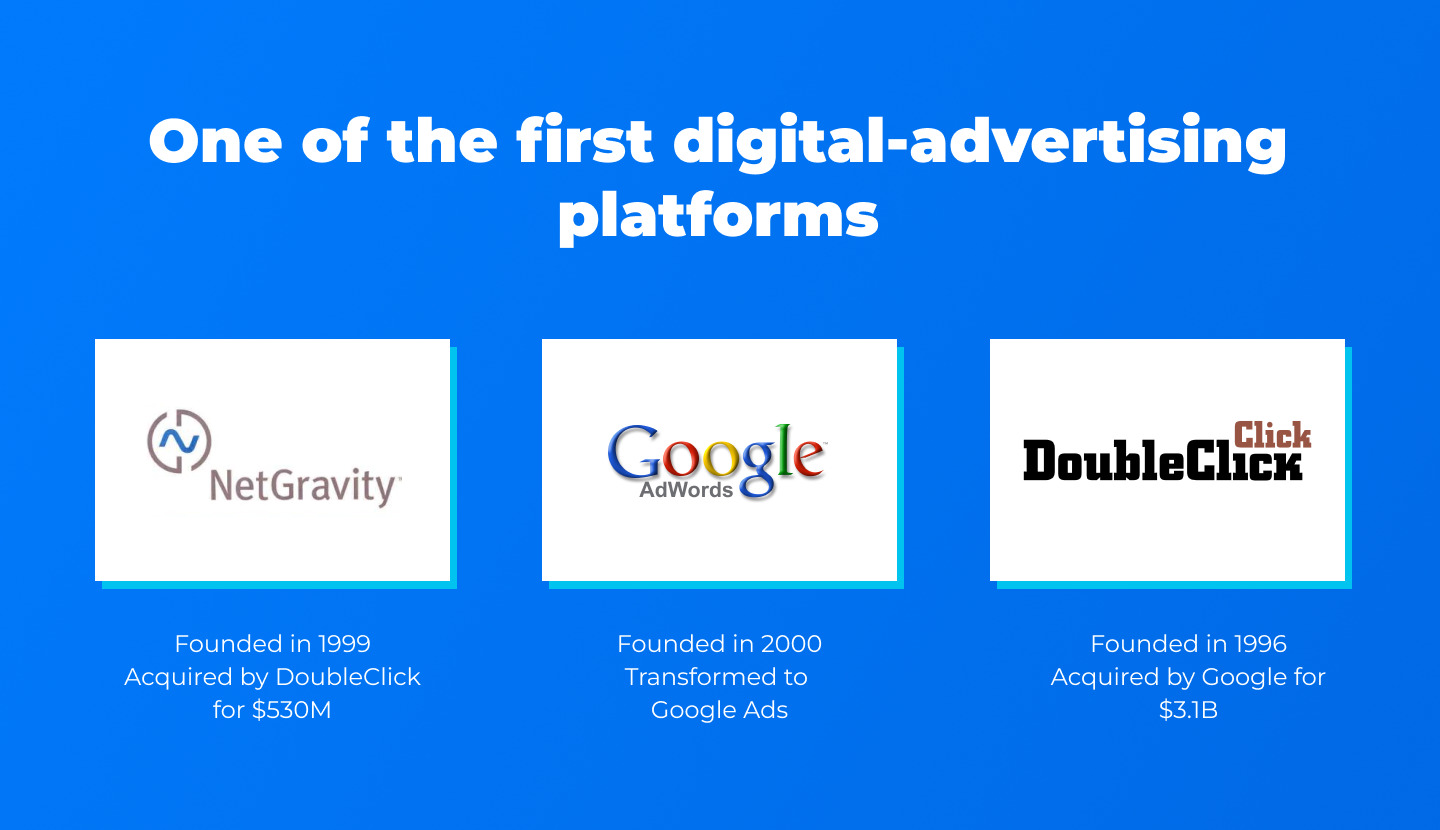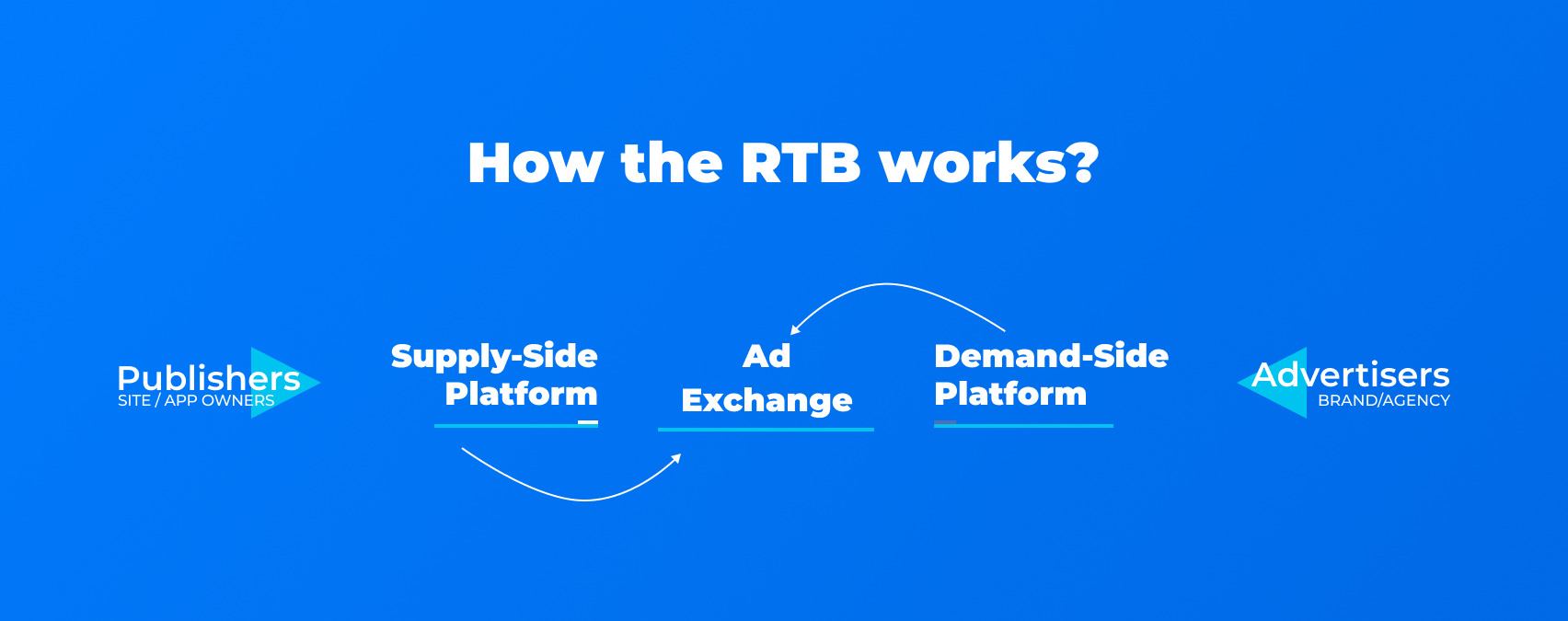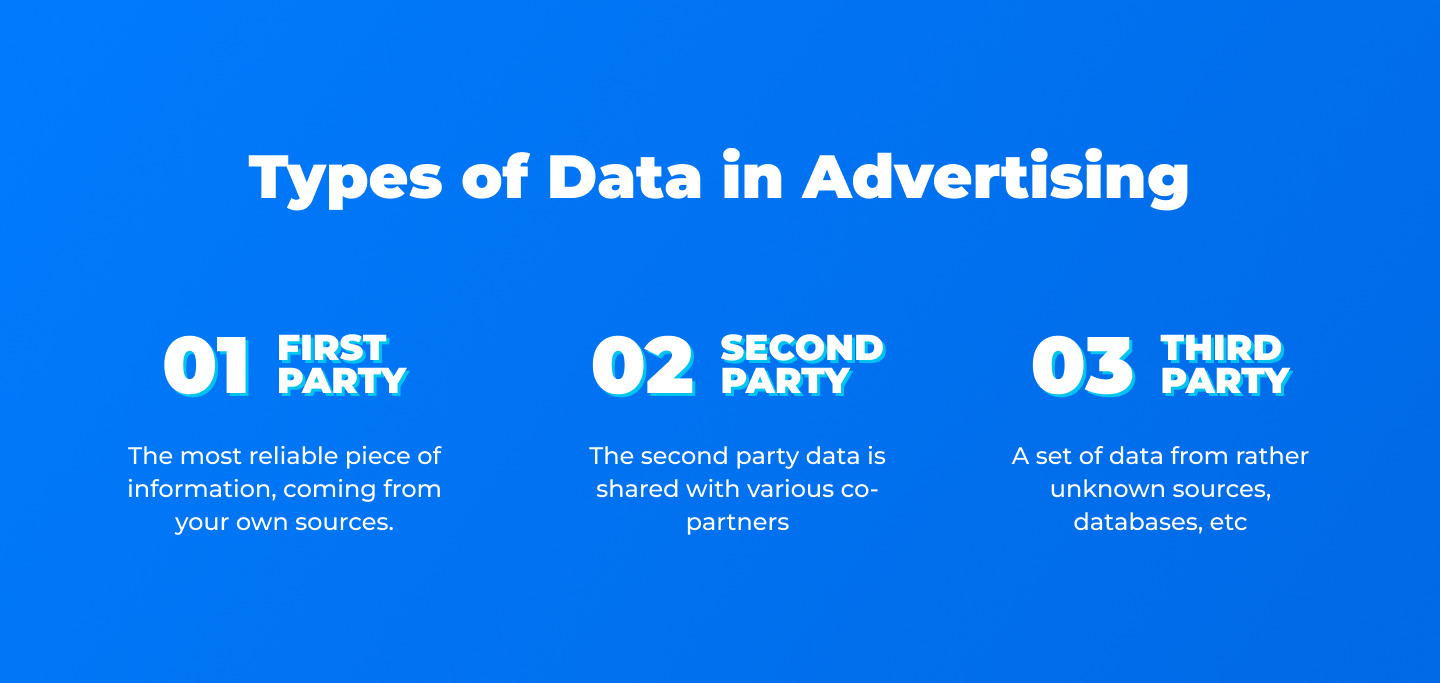Table of Contents
Today, with the help of technology, brands can attract the maximum number of users with minimal effort. On the other side, media owners, TV shows, entertainment services, blogs, and apps can monetize their content using present-day advertising technologies. It started with an ad server – a special SaaS platform for programmatic advertising! Trends in the technical field are shaping the advertising industry, so let’s dive deeper and discover this correlation!
How Has Technology Helped to Change the Advertising Market?
Technology began to break into advertising in the 90s of the 20th century. The American company DoubleClick became the pioneer of online advertising. It has become the main intermediary for placing banners on websites. In addition to placement, the company offered an analysis of the effectiveness of advertising campaigns, but it wasn’t personalized.

However, there were no alternatives during this period, and ad placement and traffic patterns were not transparent. Only after the cookies appear, advertisers could analyze user behavior. And marketers started to place ads on those resources where potential customers could see them.
In the 2000s, the first advertising exchanges appeared. They created convenient schemes for interaction between publishers and advertisers. They could sell unsold ad space from several publishers at discounted rates.
With the advent of advertising technology, advertisers and publishers have managed to process data quickly, resulting in an incredible leap in ad performance. They could get data about the quality or number of visits, user paths, and their data. The more you know about a user, the easier it is to turn him into a customer.
Emerging of RTB
The need to improve advertising technologies has led to the further development of the market. In the 2010s, the era of programmatic advertising began. The development of technology has made it possible to create the first Real Time Bidding platforms. This marked a new era in advertising that continues to this day. As the name suggests, RTB allowed advertisers to buy ads in real-time, that is, while the user was loading the web page. The development of this particular technology has created a completely new advertising market in a decade. Programmatic advertising market.

In a simplified understanding, there are three main elements of programmatic: DSP, SSP, and an Ad Exchange:
- DSP, or a demand-side platform, is software used by ad space purchasers. It allows advertisers to automate the process of buying & placing advertising. It can be a self-serve advertising platform, as well as good known Google Adwords and Bing Ads.
- SSP means a supply-side platform or sell-side platform. Another side of the deal uses it. Website or Application owners need this software to organize the ad space on their pages, sell it efficiently, and optimize this process. A popular example is Google Ad Sense.
- Ad Exchange is a server software that acts as an automated marketplace where advertisers and publishers buy and provide advertising space, i.e. Exchanging.
So how does it all work out, you ask?
In less than 300 milliseconds advertisers’ DSP sends a request to the Ad Exchange and it chooses the best place to run the buyer’s Ad through the hundreds of SSPs with thousands of sites, apps, and streaming services connected to it. After that, the bid response is coming back to an Ad Exchange server. If all the rules are met, the ad appears and the user can see it. This whole process happens faster than a person blinks!

So, the merging of advertising and IT led to the AdTech industry, which has all the tools, resources, and software needed to sell and buy advertising and its placement.
Benefits of Using Advertising Technology
The introduction of AdTech significantly benefits all market participants: advertisers, publishers, and agencies. Businesses can optimize the advertising budget and target only those who are open to their message. Publishers make money by placing advertisements and promoting their websites. Thus, digital advertising analytics helps to improve business conversion and sales. However, it is only possible with modern digital technologies.
AdTech has made it possible to process incredible amounts of data for advertising optimization (Big Data). The more information you know, the faster you can find and make the right decision. In most cases, collecting information is entirely automated: advanced tools run millions of actions simultaneously to give the company the best result.
Marketers began receiving data from different sources: web analytics tools, mobile apps, social networks, etc. All the results are processed using intellectual analysis tools and are ready for use. Also, marketers started to use advanced artificial intelligence algorithms to analyze and predict results, and even to create ads!

Besides, thanks to Connected TV technologies, more users interested in the product will see the brand and advertising. Digital technologies are also moving into offline advertising on DOOH digital signage. Unlike online advertising, it cannot be spammed, blocked, or disabled. So, people who see it can become potential customers.
Thus, programmatic advertising allows advertisers and publishers to multiply the results of placing advertisements relative to classical advertising. Technology has made it possible to make buying and selling advertising (ad exchange) extremely fast and automated.
Wallen Gardens Phenomenon
The rapid development of the digital has led to the emergence of technology corporations that have had a huge impact on the advertising market. This led to the phenomenon of the Walled Garden. It means a closed platform where the provider controls systems, hardware, and content, has become widespread.
The advantage is that by selling one product, the brand hooks the client on it, and to continue using the product comfortably, you need to purchase additional products. Vivid examples are Google, Apple, Amazon, and Facebook. These companies generate more than half of all advertising revenue. But working with them, you get the same thing with minimal customization options. However, it can be beneficial to advertise with independent companies due to:
- Transparency of reporting;
- High-quality individual technical support;
- Individual settings and solutions.
Working with independent companies, you get maximum attention and find solutions that are suitable specifically for your business. At BidsCube, we think that digital advertising should be accessible to everybody!
Our tech staff and AdOps are formed by the best AdTech and MarTech industry specialists with 10+ years of proven track record!

Trends that Will Be Shaping the AdTech in the Nearest Future
Advertisers constantly face new challenges, difficulties, and opportunities. In the coming years, the following technologies will become a booster and dominate the AdTech market:
- Cookies technology changes. The GDPR and CCPA Privacy Rules restore trust and give users the impression they are in control of situations. Brands must form benefits to customers for sharing personal data.
- An increasing amount of formats. With the expansion of digital spheres in people’s lives, advertisers need to look for new formats and channels for placing ads. And the development of technologies will do it!
- Contextual advertising. Behavioral targeting is being replaced by contextual targeting. This classic technology leans not on the user’s personal information but on the website themes and helps to place ads on relevant web addresses.
- ID graphics. More companies and brands are using ID to link multiple devices to log into one account increasing efficiency to get a detailed understanding of the audience.
To sum up
The following years will be a time of significant transformations in marketing and the emergence and development of vital privacy components, profitable collaborations between publishers and advertisers, and new standards. The defining traits will be flexibility and adaptability.

